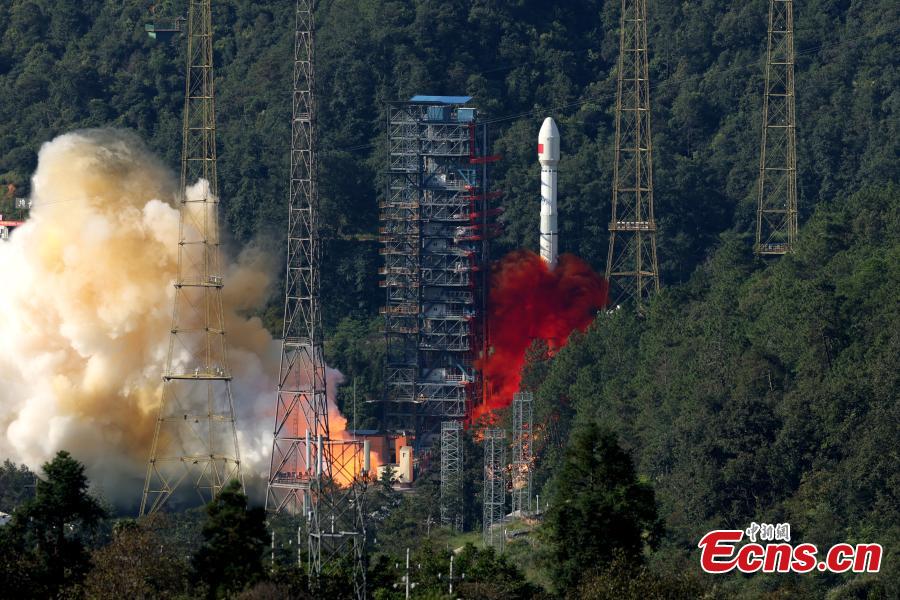
CEBU City's modern traffic light system, launched with a P480 million budget in 2020, promised to revolutionize traffic management. But recent findings from the Metropolitan Manila Development Agency (MMDA) revealed that the system is far from meeting expectations. Here's what you need to know: 1.
No real-time traffic processing The traffic system installed is not capable of processing real-time traffic data. The Traffic Management Server, which controls the signals, only archives traffic data, and adjustments are made manually by operators instead of being automated. 2.

Pedestrian safety issues One of the biggest concerns raised is the lack of pedestrian safety. The green light for pedestrians to cross coincides with the green light for vehicles, putting pedestrians at risk of getting caught in traffic while crossing. 3.
Space limitations in the command center The MMDA noted that the current Command Center, which manages the system, lacks space. There is not enough space for servers, locker rooms, or viewing rooms, thus the agency recommended a larger facility. 4.
Flaws in design and synchronization The MMDA found design flaws in the system's traffic light controllers. These controllers are "non-modular," meaning that if one part fails, the whole intersection shuts down rather than just replacing individual parts. Additionally, the synchronization between intersections is misplaced, causing inefficient vehicle movement.
5. License plate recognition cameras underutilized Cebu City's system includes high-tech license plate recognition cameras that can capture details like plate numbers and even zoom in on people inside vehicles. However, the MMDA says these features are not being fully utilized for traffic rule enforcement.
6. Ongoing modernization Cebu City's traffic light system was implemented in two phases. Phase 1, which covers 18 intersections, was completed in late 2021.
Phase 2, covering 27 more intersections, is still unfinished. The system replaced the 34-year-old Sydney Coordinated Adaptive Traffic System, with improvements like underground cables and 184 high-definition cameras. 7.
Recommendations for improvement The MMDA has made several recommendations: Upgrade the traffic management server to process real-time traffic data. Prioritize pedestrian safety by adjusting signal timings. Build a dedicated Command Center with adequate space.
Use the full potential of the license plate recognition cameras for traffic rule enforcement. Make the traffic light controllers modular for easier maintenance. What’s next? While Cebu City's traffic light system is a step toward modernization, the MMDA's report highlights key areas that need improvement to achieve its full potential and ensure safety and efficiency for both motorists and pedestrians.
(SunStar Philippines).










